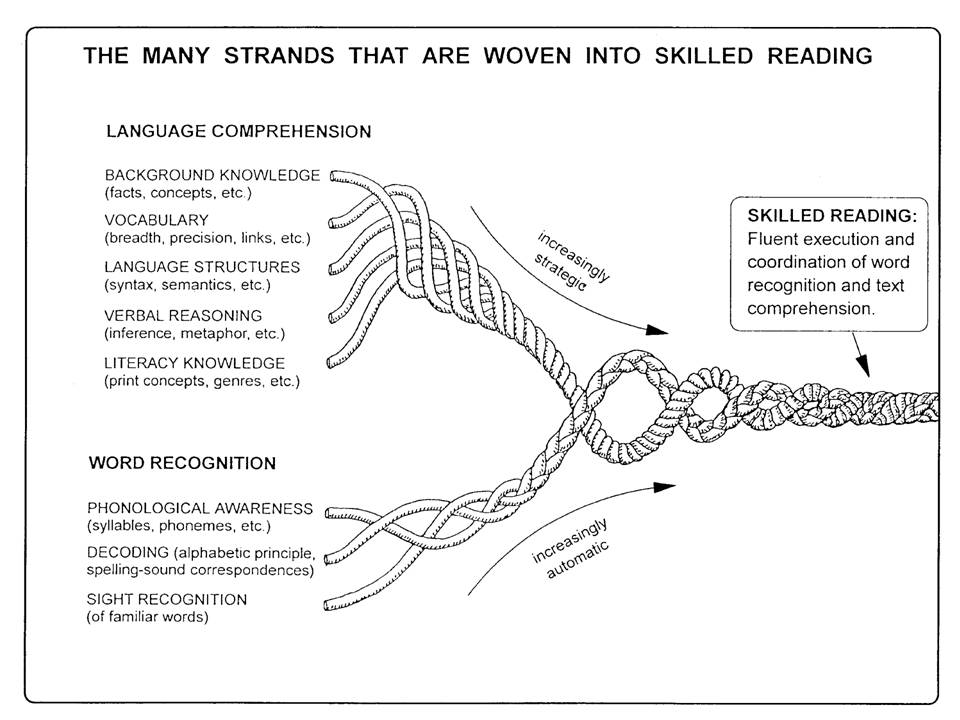Recipe for Reading: How to Create a Reader
Ingredients
- 1 teacher with knowledge of reading science
- 1 solid program
- Unlimited doses of high-quality instructional delivery
- Multiple opportunities to respond
- Plentiful meaningful practice opportunities (amounts will vary)
- Generous sprinkling of specific, affirmative praise
- Several dashes of corrective feedback (to taste)
Start with one teacher who has growing knowledge in the science of reading and an appetite for learning. Mix in a reading program that includes explicit, systematic phonemic awareness and phonics instruction as well as instruction in language comprehension (background knowledge, vocabulary, language structures, verbal reasoning, literacy knowledge).
Fold in instructional delivery that is efficient and effective. Whisk with a brisk pace and allow students 3-5 response opportunities per minute. Students should be saying, writing, and doing. Blend in a judicious amount of meaningful practice opportunities. This part is critical for the recipe’s success. Amounts will vary: some students will only need a few practice opportunities and others will need many, many more. Sprinkle specific, affirmative praise generously. Add several dashes of corrective feedback as needed.
Baking times will vary. Let success be your guide and not the time. Monitor progress regularly to determine what adjustments need to be made.
Glaze: Drizzle ongoing professional development and coaching over the top.
For extra juicy results, add in an encouraging team and supportive administrators who prioritize research-based strategies.



Comments
Post a Comment